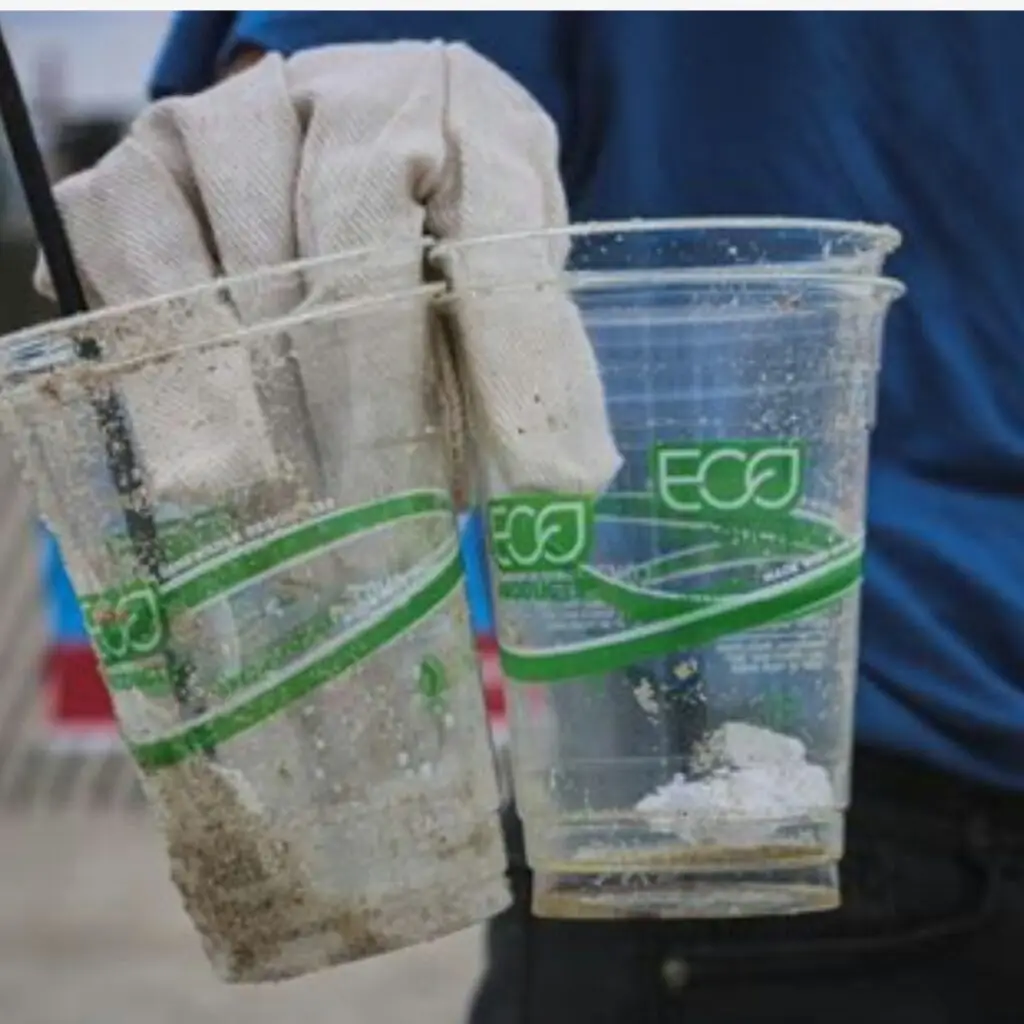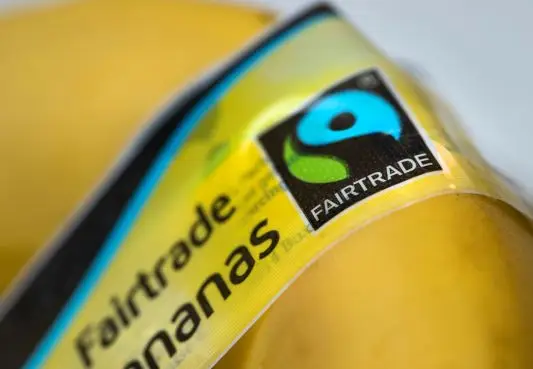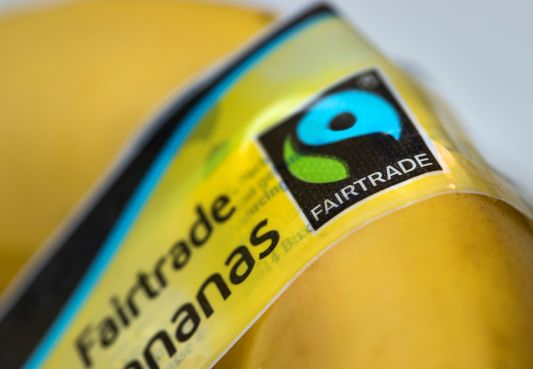In today’s world, it seems like every business is claiming to be “green” or “sustainable.” From eco-friendly packaging to carbon-neutral promises, the words are everywhere—but how can we tell if a company is truly sustainable or just jumping on the bandwagon?
This guide is here to help you separate fact from fiction. We’ll dive into what it really means for a business to be sustainable, how to spot greenwashing, and how you can support companies that are making a genuine impact.
Table of Contents
Toggle1. What Does Sustainability Really Mean for a Business?
Sustainability in business isn’t just about using recyclable materials or cutting back on plastic. A truly sustainable business works to minimize its environmental impact while benefiting society and ensuring long-term economic health.
Key Elements of Sustainability:
| Aspect | What It Means |
|---|---|
| Environmental | Reducing emissions, conserving resources, and using renewable energy. |
| Social | Fair labor practices, community support, and ethical treatment of workers. |
| Economic | Ensuring long-term growth without exploiting people or the planet. |
Pro Tip: Look for businesses that align with all three pillars of sustainability, not just one.

2. The Greenwashing Problem
Greenwashing occurs when companies exaggerate or fabricate their environmental claims to attract eco-conscious customers. While it might make them look good on the surface, it undermines real efforts to address environmental issues.
Common Greenwashing Tactics:
- Vague Language: Terms like “eco-friendly” or “natural” without specifics.
- Irrelevant Claims: Highlighting one small green action while ignoring harmful practices.
- Misleading Imagery: Using green colors and nature visuals to imply sustainability.
External Link: Learn more about identifying greenwashing at Greenwashing Index.

3. How to Spot a Truly Sustainable Business
To identify genuine sustainability, dig a little deeper into a company’s practices. Transparency and action are key indicators.
What to Look For:
| Indicator | Why It Matters |
|---|---|
| Certifications | Labels like Fair Trade, B Corp, and USDA Organic indicate credibility. |
| Supply Chain Transparency | Knowing where materials come from ensures ethical sourcing. |
| Reports and Goals | Companies should publish sustainability reports with measurable goals. |
Picture Spot:

A Fair Trade Certified logo on a product, with a clear label about its origin and impact.
4. Examples of Greenwashing vs. Genuine Sustainability
Greenwashing Example:
A fast-fashion brand launches a “sustainable” collection but continues to produce millions of low-quality garments that end up in landfills.
Sustainable Example:
A clothing company uses organic cotton, operates on renewable energy, and offers recycling programs for old garments.
5. Why Transparency Matters
Sustainability is a journey, not a destination. Companies that are open about their progress—even if they aren’t perfect—are more likely to be genuinely committed.
Questions to Ask About Transparency:
- Does the company disclose where its materials come from?
- Are sustainability goals specific and measurable?
- How does the company handle waste, emissions, and labor issues?
6. How to Support Truly Sustainable Businesses
As a consumer, your choices can drive change. By supporting ethical companies, you’re helping create demand for sustainable practices.
Tips for Supporting Genuine Businesses:
- Research brands before making purchases.
- Buy from small, local businesses that prioritize sustainability.
- Avoid products with vague or unverifiable green claims.
- Share your positive experiences with ethical brands on social media.

At Planet Ideal, we’re on a mission to make sustainable living accessible for everyone. Our team of eco-enthusiasts writes short, snappy, and easy-to-digest articles designed to inspire real change without overwhelming. From practical tips to innovative ideas, we’re here to prove that living green can be stylish, convenient, and enjoyable. Join us as we empower individuals, families, and communities to embrace eco-friendly lifestyles—one step, one story, and one solution at a time.






